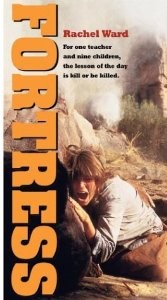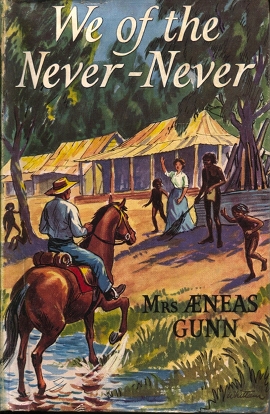 I loved the recent TV series of Puberty Blues on Channel 10 and prompted by this decided to read the original book by Gabrielle Carey and Kathy Lette. The novel was published in 1979 about the authors’ time as 13 year-old wannabe surfie chicks in Sutherland shire in 1973.
I loved the recent TV series of Puberty Blues on Channel 10 and prompted by this decided to read the original book by Gabrielle Carey and Kathy Lette. The novel was published in 1979 about the authors’ time as 13 year-old wannabe surfie chicks in Sutherland shire in 1973.
I remember the book was a sensation at the time and I vaguely remember a certain amount of disapproval. This normally would have sent me out to beg, borrow or buy a copy, but I didn’t – probably because I was scathing of surfing culture having spent some of my formative years in a beachside suburb in Newcastle.
I wonder what I would have made of the book at the time? I wouldn’t have been shocked; the carryings on were pretty familiar even if I wasn’t in the ‘bad girls’ gang of underage sex and regular drug taking. All the same, I guess I would have read it avidly, empathising with the girls.
But all these years later, and having seen the TV series, I was surprised that the book has none of the appeal of the TV show: no ravishing mise-en-scene (description), no sympathetic complex characters, nothing, in fact, beyond the closed world of the two teenage girl principals.
The book’s strength, on the other hand, is that it portrays a sociological snapshot of a particular subculture at a particular time. It is like reading a teenager’s diary with its preoccupation with friends, boyfriends, appearance and going out. That the authors were so young when they wrote it meant they could capture that claustrophobic, limited world where you’re still dependent on your parents yet you live in a tribal reality with your group.
But for an adult reader it is pretty dull and unrewarding. The traditional YA novel usually has a sensitive loner at its heart, someone who looks on the world they inhabit with fresh eyes and an understanding beyond their years (the gap between the adult writing the book and the teenager they are ‘inhabiting’).
 Puberty Blues, the novel, doesn’t have this. The main character, Deb, merely narrates in a deadpan fashion her daily life as she and her friend Sue infiltrate the ‘cool’ kids gang and then have to drink, have back-of-the van sex and sit on the beach watching the guys surf. Deb is mildly ironic and this helps make the whole palatable but she is not, for the most part, reflective or critical – unlike in the TV series where Deb and Sue rescue Frieda who is regularly gang-banged by the boys, in the book, Deb thinks, ‘well, that’s what happens when you’re fat and ugly and can’t get a boyfriend’.
Puberty Blues, the novel, doesn’t have this. The main character, Deb, merely narrates in a deadpan fashion her daily life as she and her friend Sue infiltrate the ‘cool’ kids gang and then have to drink, have back-of-the van sex and sit on the beach watching the guys surf. Deb is mildly ironic and this helps make the whole palatable but she is not, for the most part, reflective or critical – unlike in the TV series where Deb and Sue rescue Frieda who is regularly gang-banged by the boys, in the book, Deb thinks, ‘well, that’s what happens when you’re fat and ugly and can’t get a boyfriend’.
In the book Deb and Sue are fairly indistinguishable but in the TV series the writers (Tony McNamara, Fiona Seres and Alice Bell) present two distinct individuals – Sue more confident and sensible, Deb, flighty, imaginative and sensitive. In the book the parents hardly figure, while the TV series created a rich portrayal of 70s sexual experimentation, gender roles and social strictures. The two worlds in the series, the parents and the teenagers, play off each other giving a context to why the kids act the way they do, lending the viewer a much more nuanced, involving experience than that of the book.
It was interesting to see all those parents in flares, clogs and caftans: I guess some parents must have, and let’s face it, in those days, a teenager’s parents were probably only in their early thirties. My mother, I’m sure, was more like conservative teacher, Claudia Karvan, with her A-line skirts and belted-at-the-waist dresses, no trousers, no jeans (yes, young ones, there was a time where it was frowned on for women to wear pants). But, I have to say, I paid no attention to what my mother wore in the 70s. I was like Deb and Sue – the ‘olds’ didn’t exist.
I also take my hat off to the stylists in the TV show – I had the exact same horoscope poster on my wall that Deb had – however, apropos of the flares in the scene from the show above, Carey and Lette make it clear that the girls’ only ever wore straight-leg Levis!




